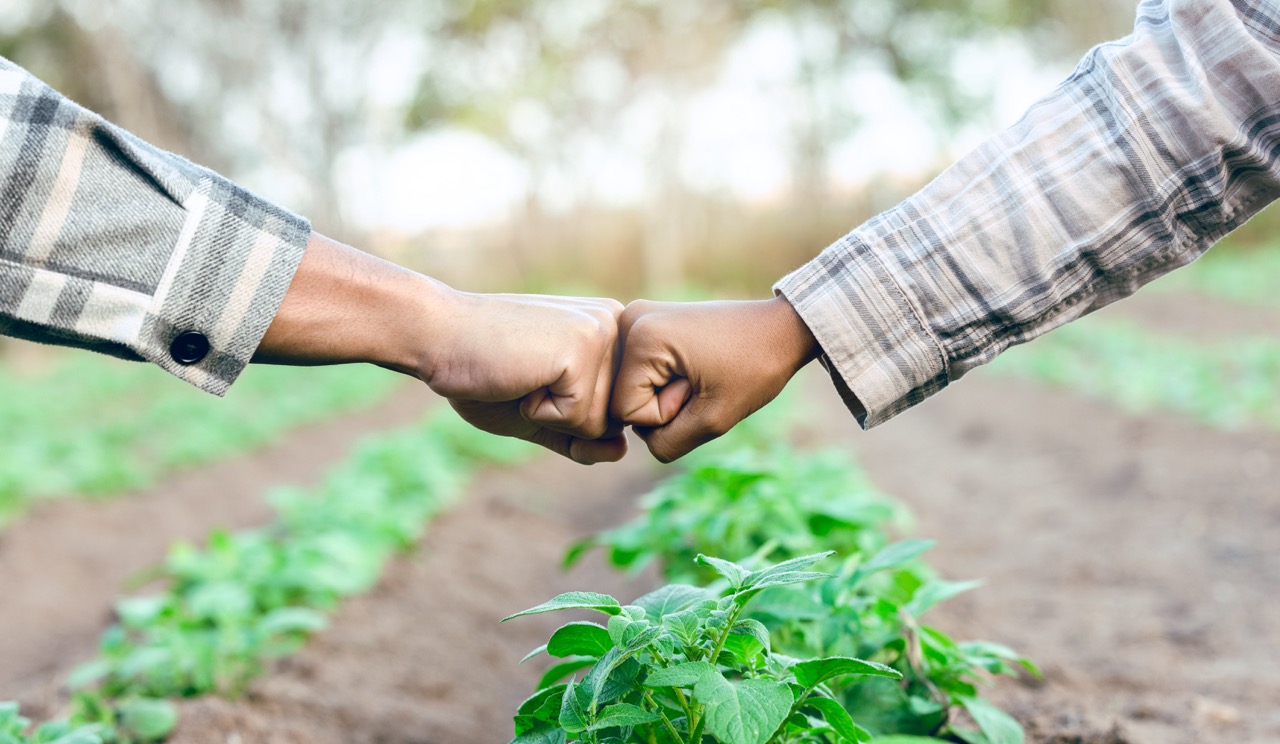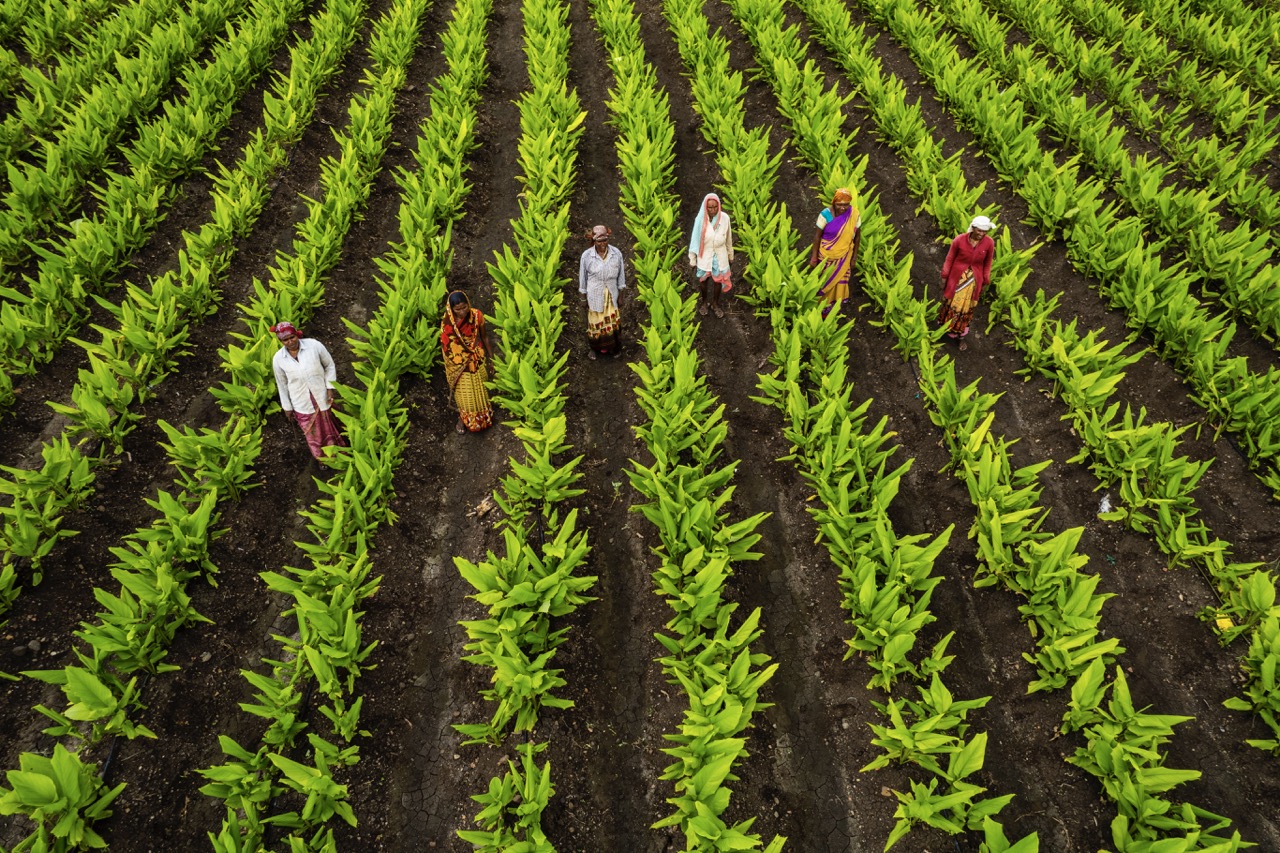Sharecropping has been a longstanding agricultural practice that allows landowners to share their land with individuals who may not have the means to own land themselves. While this system can provide opportunities for income and livelihood, it also carries inherent risks for both landowners and sharecroppers. To ensure a sustainable and fair relationship, it is crucial to understand the dynamics of sharecropping agreements and to develop strategies for equitable risk distribution. This article will explore the key elements that contribute to a fair sharecropping system, focusing on risk identification, equitable strategies, and the importance of effective communication.
Understanding the Dynamics of Sharecropping Agreements
Sharecropping agreements are often complex and influenced by various factors, including economic conditions, cultural practices, and historical context. At the core, these agreements dictate how resources, responsibilities, and profits are shared between the landowner and the sharecropper. A well-structured contract is essential to clarify the terms of the partnership, including the division of labor, crop selection, and profit-sharing arrangements. Without clear terms, misunderstandings and conflicts can arise, jeopardizing the stability of the relationship.
Additionally, the dynamics of power play a pivotal role in sharecropping agreements. Typically, landowners hold more leverage due to their ownership of resources and access to capital. This power imbalance can lead to exploitative practices, where sharecroppers may be subjected to unfavorable terms that increase their risk exposure while minimizing their potential rewards. Therefore, understanding the socio-economic landscape in which these agreements operate is vital for fostering a fair environment.
Moreover, external factors such as market fluctuations, climatic conditions, and governmental policies can significantly impact sharecropping relationships. Sharecroppers often depend on seasonal weather patterns, which can be unpredictable and detrimental to crop yield. Recognizing these external influences is essential for both parties to navigate the inherent uncertainties of agriculture and to design agreements that can withstand potential shocks.
Identifying Key Risks in Sharecropping Relationships
In any sharecropping arrangement, several key risks need to be identified and addressed to ensure a fair distribution of responsibilities and rewards. One major risk is the financial instability resulting from crop failure due to unforeseen circumstances such as droughts, pests, or diseases. In these cases, both parties face the threat of loss, but the sharecropper often bears the brunt of the financial burden, lacking the capital reserves that landowners may possess.
Another significant risk is the potential for market volatility, which can affect the profitability of the crops grown. Fluctuating prices for agricultural products can leave sharecroppers vulnerable, especially when they have invested labor and resources into cultivating specific crops. Landowners may need to consider how to protect sharecroppers from market downturns, possibly by implementing price guarantees or diversifying crop production to minimize exposure to risks.
Lastly, the risk of legal disputes can arise from ambiguities in the sharecropping agreement. Disagreements over profit distribution, resource allocation, or responsibilities can lead to legal battles that may strain the relationship between landowners and sharecroppers. Both parties must recognize the importance of a clear and comprehensive contract that minimizes the likelihood of conflicts and provides a mechanism for conflict resolution.
Strategies for Equitable Risk Allocation Among Parties
To achieve equitable risk allocation in sharecropping agreements, various strategies can be employed. One effective approach is to establish a profit-sharing model that reflects the contributions of each party. For instance, offering a graduated percentage of profits based on the degree of input, whether financial or labor-related, can create a more balanced partnership that accounts for the varying levels of risk each party faces.
Another strategy is the implementation of crop insurance or revenue protection plans. By investing in insurance policies, sharecroppers can safeguard themselves against unpredictable losses, while landowners can ensure their investment is protected. Such measures not only mitigate individual risk but also foster a sense of security within the partnership, encouraging collaboration and long-term commitment to the land.
Additionally, fostering a cooperative framework can enhance risk-sharing. By forming cooperatives, sharecroppers can pool resources, share knowledge, and engage in collective bargaining to negotiate better terms with landowners. This collaborative approach can empower sharecroppers, providing them with a stronger voice in the agreement process and enabling a more equitable distribution of risks and rewards.
The Role of Communication in Fair Sharecropping Practices
Effective communication is a cornerstone of successful sharecropping relationships. Open dialogue between landowners and sharecroppers fosters trust and transparency, enabling both parties to discuss their needs, concerns, and expectations. Regular meetings to reassess the terms of the agreement can help address any emerging issues before they escalate into conflicts, ensuring both sides remain aligned in their goals.
Furthermore, educating both parties about their rights and responsibilities is crucial for establishing a fair partnership. Workshops and training sessions can help sharecroppers understand the terms of their agreements and empower them to express their needs without fear of reprisal. Landowners, too, benefit from such initiatives as they learn to appreciate the challenges faced by sharecroppers and the importance of supporting their partners.
Lastly, leveraging technology can improve communication by providing platforms for real-time information sharing regarding market conditions, weather forecasts, and best agricultural practices. Mobile applications and online forums can facilitate continuous engagement, allowing landowners and sharecroppers to stay informed and adapt their strategies in response to changing circumstances, thereby promoting a more balanced and equitable partnership.
Ensuring a fair distribution of risk in sharecropping relationships is essential for fostering sustainable agricultural practices and supporting the livelihoods of all parties involved. By understanding the dynamics of sharecropping agreements, identifying key risks, implementing equitable strategies, and maintaining open lines of communication, both landowners and sharecroppers can work together for mutual benefit. A collaborative approach not only enhances the resilience of sharecropping arrangements but also promotes equity and social responsibility within the agricultural sector, paving the way for a more just and sustainable future.









